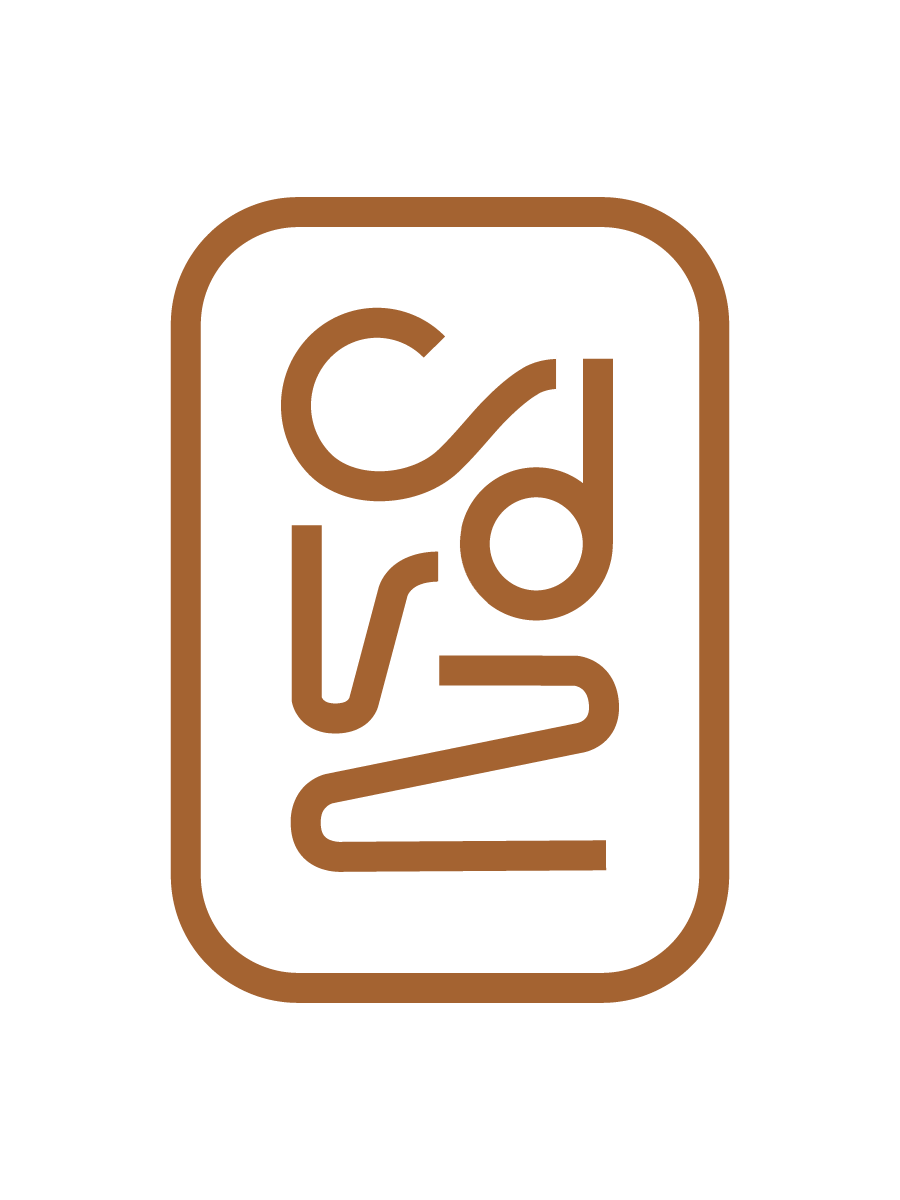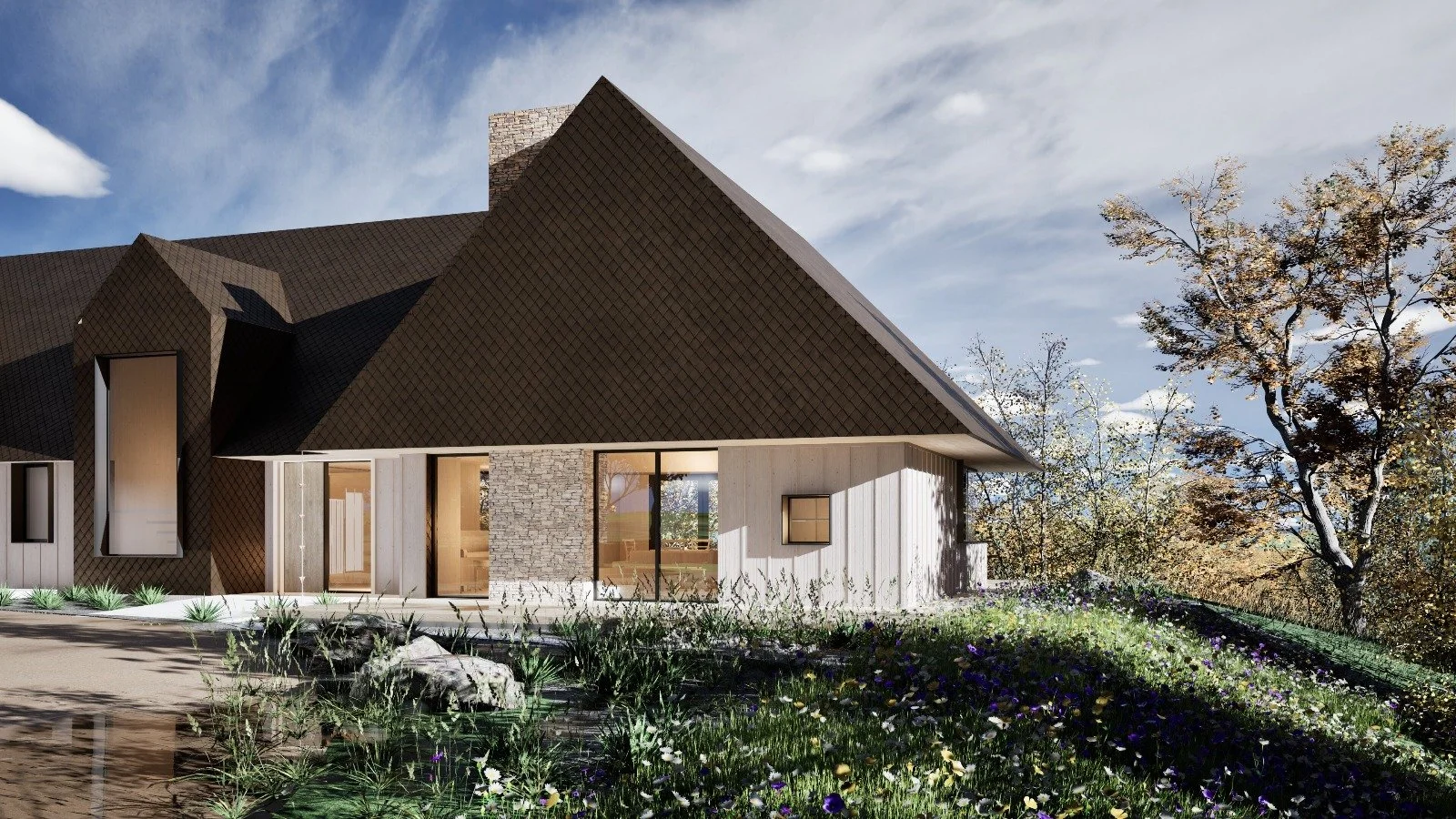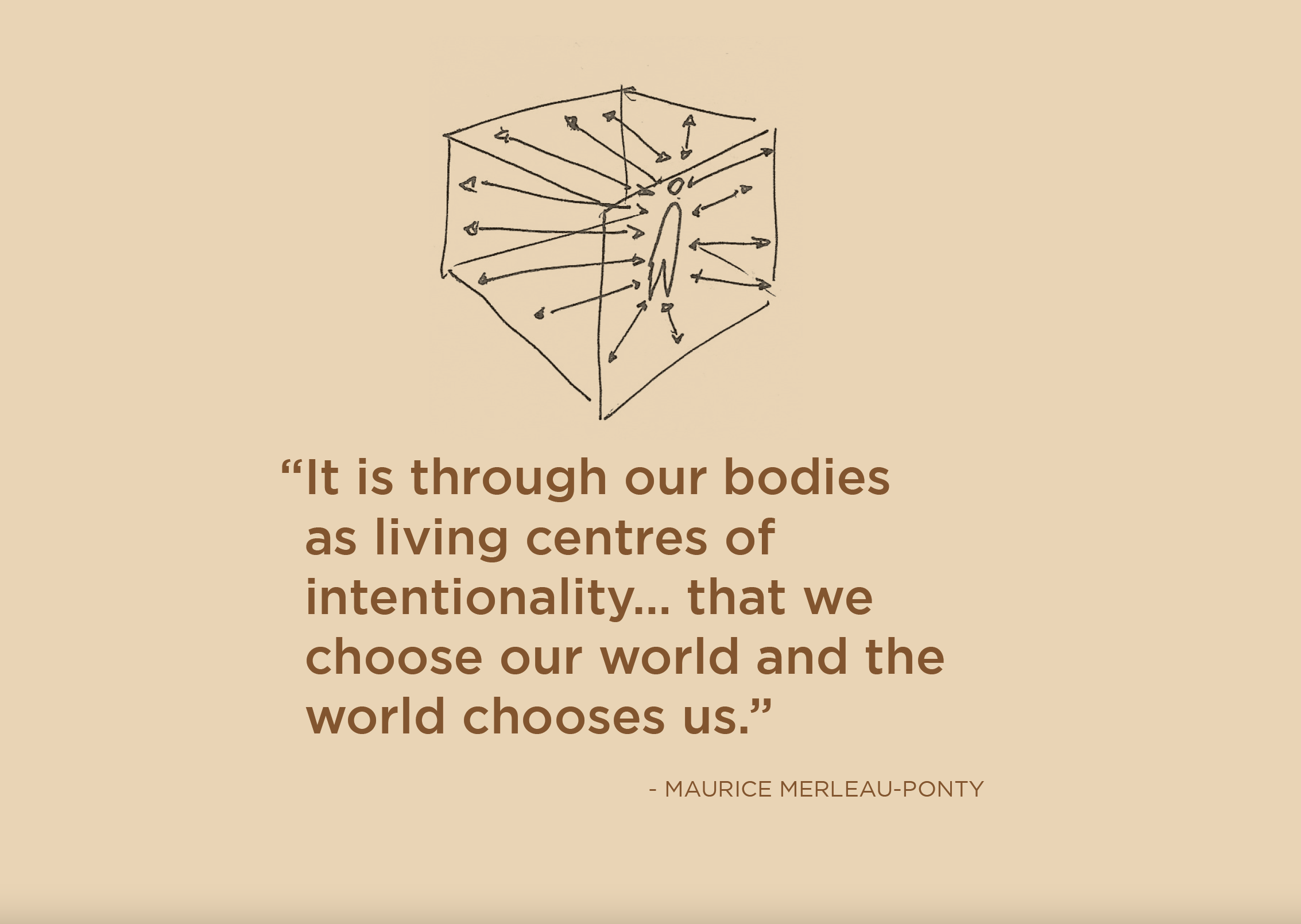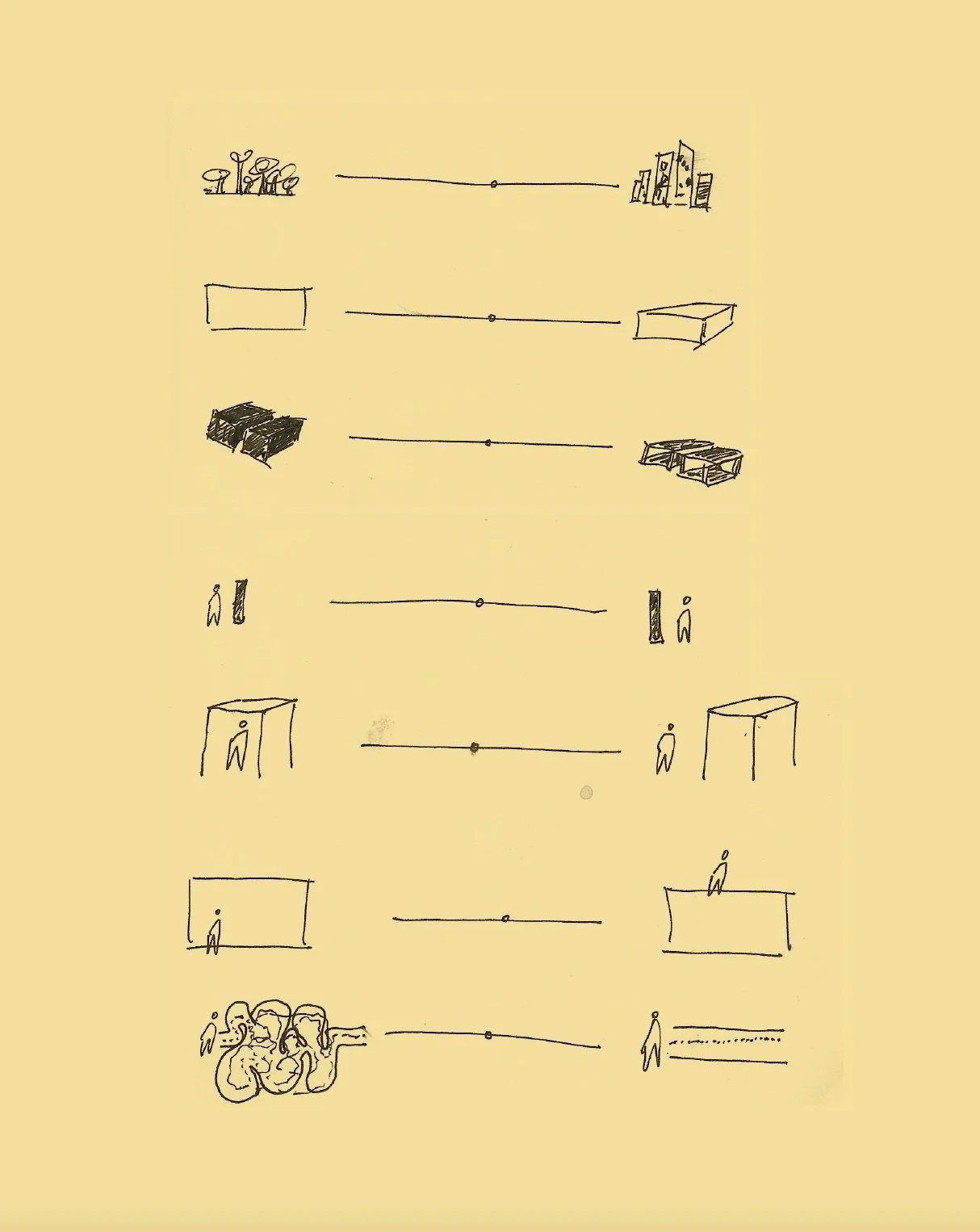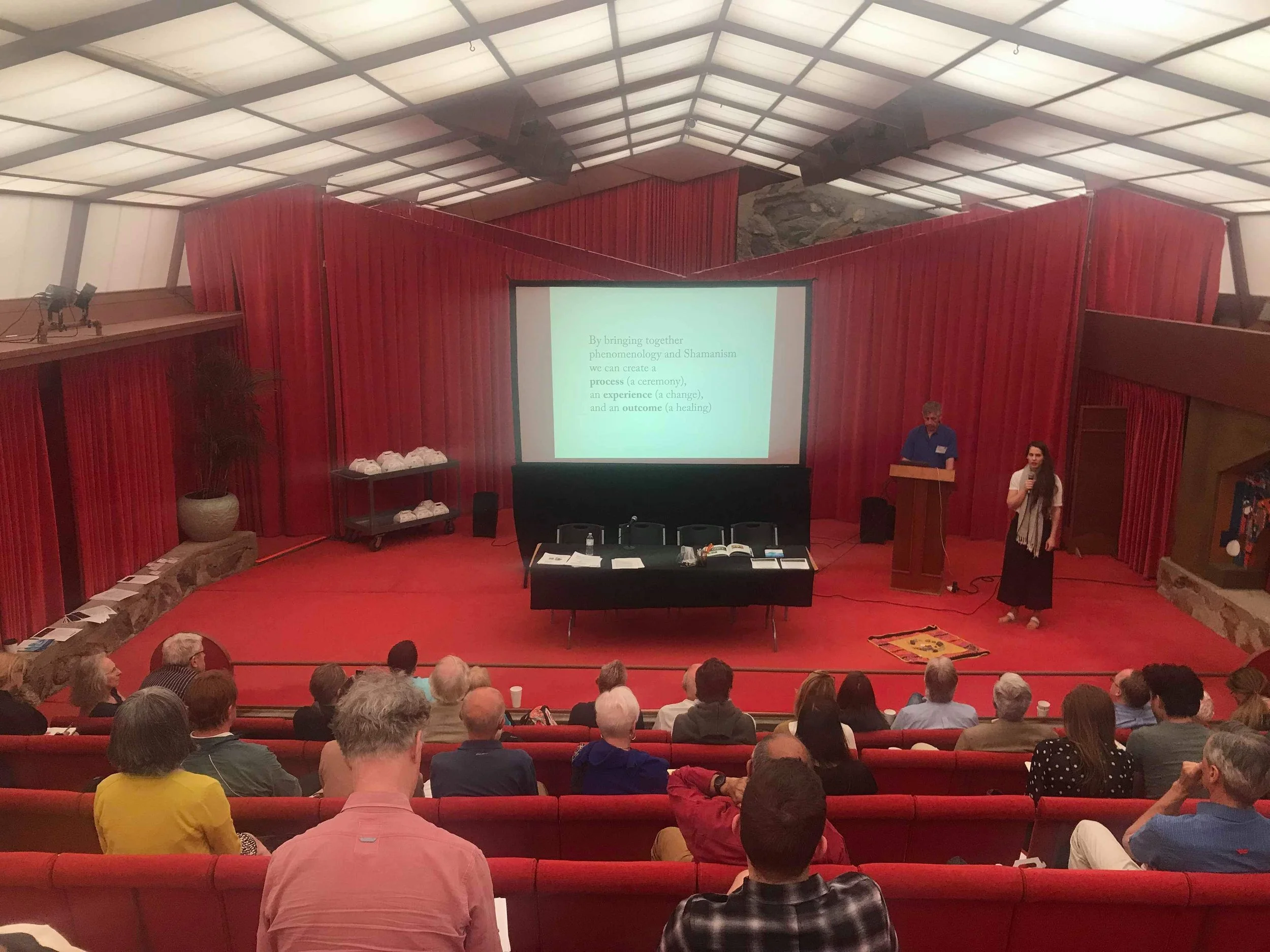We know that spaces can do so much more for us than simply be places to inhabit. They can sustain us, move us, hold space for us, and even heal us. To us, every space is a healing space.
-
To Sucker Creek First Nation ‘Water is Life’ and with this knowingness comes the embedded understanding in how Sucker Creek wants to grow, evolve, gather, and most of all, how they need to heal.
Through ‘Indigenous Appreciative Inquiry,’ led by iEmergence, and combined with a Healing and Consciousness Process, this Needs Assessment provides the first step towards Sucker Creek’s healed outcome for their Health Centre.
The Needs Assessment includes an in-depth existing building conditions assessment, of the existing building an its spaces, as well as Community engagement in the form of focus groups and one-on-ones, and meetings with Council.
-
In Collaboration With Josh Kjenner Architect.
Located on a farm outside of New Norway, Alberta, the Client’s main desire for their future home was to ‘live with the light’. In Alberta there are long summer days and long winter nights. Lighting as it relates to the Client’s daily life, seasonal life, and sustainability, was a design priority. Multiple sun-studies were done to provide a design that considered a space’s daylight and it’s relationship to windows, views, heat gains, and public spaces to private spaces.
The Client further wanted to live in a holistic home of balance, of symbiosis, and one that felt integrated with nature and part of its surroundings. The flora and fauna that are present on site are extremely diverse. The landscape and vegetation range from groupings of dense trees (what we call the forest) to vast, open, rolling prairie fields. To bring the experience of oneness to the home - the home is designed and situated at the ‘in-between’ of forest/field, natural/ built, 2D-3D, light/shadow, and inside/outside. It is at this point of symbiosis of the ‘in-between’ where we experience oneness and that we are then part of our surroundings, an altered state of consciousness and heightened state of awareness are the result.
Feng Shui design principles were also brought in at request of the Client, as they themselves also hold an understanding of Feng Shui’s healing capabilities.
This Project is Currently in Construction.
-
Published in The Site Magazine’s ‘Healed Outcomes’ volume is: “Designing With and For Our Sense of Self” - Juhani Pallasmaa in correspondence with Carey van der Zalm. Read the full correspondence here.
-
As a Healing Architect Consultant for Cover Architectural Collaborative, Carey co-led this project from pre-design, (including Community engagement) through to Design Development, and Interior Design completion.
Net-zero ready, and designed to Passivhaus standards, this adult live-in healing centre was designed to provide space for an 8 week healing journey created specifically for the Seven Nations Soaring Eagle Healing Centre. The spaces that hold space for this healing journey to take place include; a healing lodge, four 4-Client live-in cabins, a workshop, and a staff home, all of which are interconnected by healing walking paths.
-
Located on a historically significant site in Camrose County, Alberta, this sustainable home for a retiring farm-couple, merges a diverse landscape of prairie fields to ravine waters. The home is designed to bring the outside-in, while providing an unconscious movement between public spaces and private ones. The overall massing and form of the home evokes a sense of nostalgia for the Client and is inspired by a prairie-style vernacular. Currently in the construction documentation phase, this home integrates healing consciousness, for comfort and relaxation, with an aging-in-place design.
-
In Stockholm, Sweden, Carey was a presenter at the 2024 Moving Boundaries, Nordic X.
Presentation Abstract:
‘Healing Architecture: Building with and for consciousness’:Our designs and the buildings we create can be more than just spaces to inhabit. Architecture can transcend physical reality and propel those within it through time and space. Experiencing conscious architecture can allow us, first as individuals—and then as communities—to access different parts of ourselves: to know ourselves in another way, speak to the essence of our being, be who we came here to be, and ultimately, heal.
Combining phenomenology and neuroscience to create a healed outcome requires consciousness. Consciousness is a structure, and we can build with it when we understand its symbiotic nature—how its parts make up a whole. It is how we engage with our surroundings; a healing journey of encounter, perception, and experience—of intention, shift, and outcome. Designing this way acknowledges that we live in both a Newtonian world and a quantum one. In our Newtonian world we have long been inspired by the physical self and the cause-effect relationship we hold with our surroundings. The quantum world acknowledges more. It knows ‘I am not separate from that which surrounds me’ and ‘what I perceive is what I become’. It designs with and for all of our bodies at every level of our physical, mental, emotional, and spiritual selves.
This presentation provides a journey on how one designs and builds, with and for consciousness. This includes harnessing non-linear time, truth to materials, symbiosis, and engagement of the senses, so that designed outcomes create healed outcomes.
-
The Site Magazine for ‘THE -EDIT’ was awarded the 2024 Royal Architectural Institute of Canada, Architectural Journalism and Media Award. Carey was the Creative Director and Designer of this Issue.
Jury’s Comments Below:
The Edit examines the power dynamics within the built environment and provides critiques of the inequalities embedded in our world. It presents an encompassing perspective of today's political, cultural, and social views and challenges, intertwined with carefully curated architectural topics.It calls for change and promotes architecture through a critical lens, offering a well-executed take on issues impacting design.
The essays present emerging ideas with significant impact on the built environment and provide much-needed critical dialogue. They highlight the roots of colonialism, racism, and capitalism and encourage us to imagine and create alternative practices that rebuild our world in better ways.
-
Carey is a Guest Speaker at the 2025 Mind-Body-Space ONE Global Symposium in Barcelona, Spain.
A 5 day immersive event focussing on Neuroscience and Environmental Psychology applied to architecture.
Carey will be speaking on the topic ‘Healing Architecture: meeting universal needs through space’
Abstract: This presentation explores how architecture, as a healing journey, shapes our being and emphasizes our deep interconnectedness with space. It calls for a design approach that, through consciousness, and phenomenology, meets universal needs by embracing the law of liminality and the philosophy of symbiosis. In spatial in-betweens, we rediscover wholeness—physically, mentally, emotionally, and spiritually—and in wholeness, we heal.
-
Carey spoke on Healing Architecture at the 2019 Architecture, Culture, & Spirituality Forum, located at Frank Lloyd Wright’s Historical landmark, Taliesin West, in Scottsdale, Arizona.
Lecture Title: Healing Architecture: Experiencing Continuity of ‘The One’
Excerpt from Abstract: Healing architecture, both in its design (input) and its engagement (output) is about creating a culture of consciousness. Healing architecture is Shamanism; it is not only the experience of oneself in a ‘healing space’, it is also the acknowledgment of the continuation of oneself in that ‘space.’ It is knowing that every word, thought, feeling, emotion has a ‘design’—a form—and an impact on the outcome. Therefore, every action is done with intent and meaning towards a healed outcome. “The task of architecture is ‘to make visible how the world touches us.” -Maurice Merleau-Ponty
-
Carey is a co-founder and the Creative Director for The Site Magazine, an independent Canadian journal for architectural, urbanism, and design. The Site Magazine’s 8th publication titled ‘Healed Outcomes’ is the first in its series of four and was co-curated, co-edited, and designed by Carey. Carey’s writings published in this issue include the forward “Between Form and Formlessness,” and “Designing with and For our Sense of Self” - a correspondence with Juhani Pallasmaa. ‘Healed Outcomes’ uniquely guides the reader through a healing journey as it takes a phenomenological approach in its design, its structure, its materiality, and its intention.
“We conceived of “Healed Outcomes” as a healing journey in and of itself. This issue is an encounter of physical form with the opportunity to consider all of the spaces in-between: the space between yourself and the author, each page, each work, each image, each letter, and the realities described. For the first time ever, we recommend reading this issue in the order it is presented, so that you can move from pieces rooted in the physical toward those increasingly metaphysical. To support you along this journey we have provided three guiding points throughout the issue. They are offered to facilitate an experience of formlessness, essential to a healing journey, which includes the setting of intention (creating an aim or plan), experiencing a shift in consciousness (moving through a liminal space that expands our sensory thresholds), and moving toward an outcome (something that follows what has come before, and makes space for what is to come).”
—EXCERPT FROM ‘HEALED OUTCOME’S FORWARD ‘BETWEEN FORM AND FORMLESSNESS’
Carey is currently designing The Site Magazine’s 11th issue, as well as a pamphlet series that will all be published in Fall 2025.
